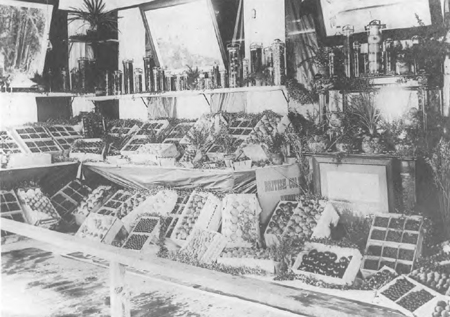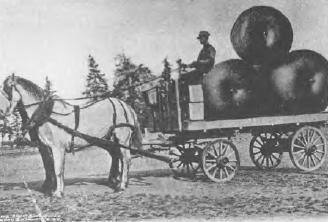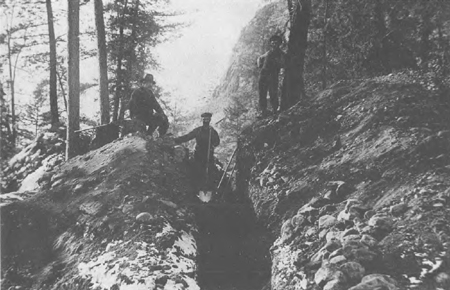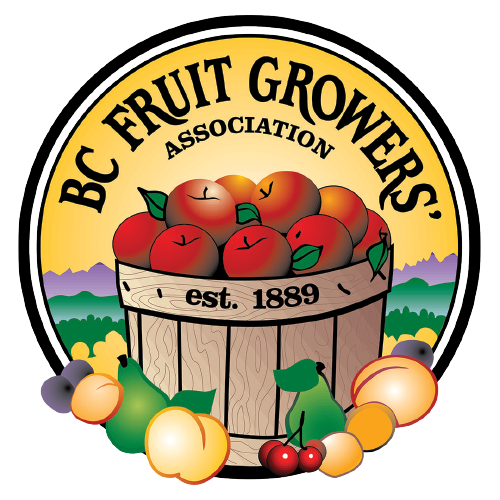Fruit and Produce Exchange of British Columbia, Ltd.
James Johnstone, elected president of the B.C.F.G.A. at the 1907 convention, was behind the Association’s second attempt to establish a provincial central fruit exchange. At the quarterly meeting, held in Summerland on April 2, 1907, he spoke on the subject of “Co-operative Selling”, advocating a system similar to the California Citrus Growers’ Union. Those present decided to call a meeting of delegates from the local fruit growers’ associations to devise a similar distribution scheme.

That session, called for April 24 at Sicamous, was attended by representatives from the Kootenay, Kamloops, Chilliwack, Mission City, SalmonArm, Peachland, and Spallumcheen fruit growers’ associations. A consensus among those present was that “what was wanted was one Central Head to prevent clashing” and to take better advantage of market conditions. Thomas Morleyof the Kootenay Fruit Growers’ Association expressed confidence that such an organization could overcome the problem that many successful growers of fruit were not businessmen: “Witha Man of Integrity, Business Ability and a Knowledge of the Markets at the head there need be no fear of the result.”

Meetings on May 22 and June 29 to settle the details of operation resulted in a more limited organization than had been envisaged. For the firstseason, only Revelstoke, Chilliwack, Kamloops, Salmon Arm, and Nelson joined the Exchange, although fruit and produce from some of the Okanagan shippers were also handled. James Johnstone was elected president of the Exchange, which was headquartered at Revelstoke and whose purpose was to be a central clearing housefor orders. The Exchange did not itself handle fruit, but rather, sent reports listing fruit available for shipment from local shippers to Exchange agents in the various Prairie and provincial markets. They, in turn, solicited orders which were passed back through the Exchange to the locals for shipment. When more of a fruit was available than was ordered, orders were shared out proportionately among the shippers.
The Exchange was not well funded at its start it began operations on $500, and within six weeks the secretary-manager, L.M. Hagar, had to put up $200 of his own money to keep things going until returns started coming in. A subsequent grant of $1000 from the provincial government eased matters considerably.
With the 1907 crop, the Central Exchange was reasonably successful, despite its late start-Johnstone said he had never before received such reported hopefully to the B.C.F.G.A. convention in January, 1909, that at “The last meeting of the Directors of the Central Exchange . . . in December, delegates being present from all over the Province, and in spite of many disappointing results, owing to keen opposition and unusual market conditions, the most perfect harmony existed throughout the entire proceedings.” But it was too late; growers no longer had trust or confidence in the Central Exchange, whatever the facts of the case might be, and it could not carry on.








